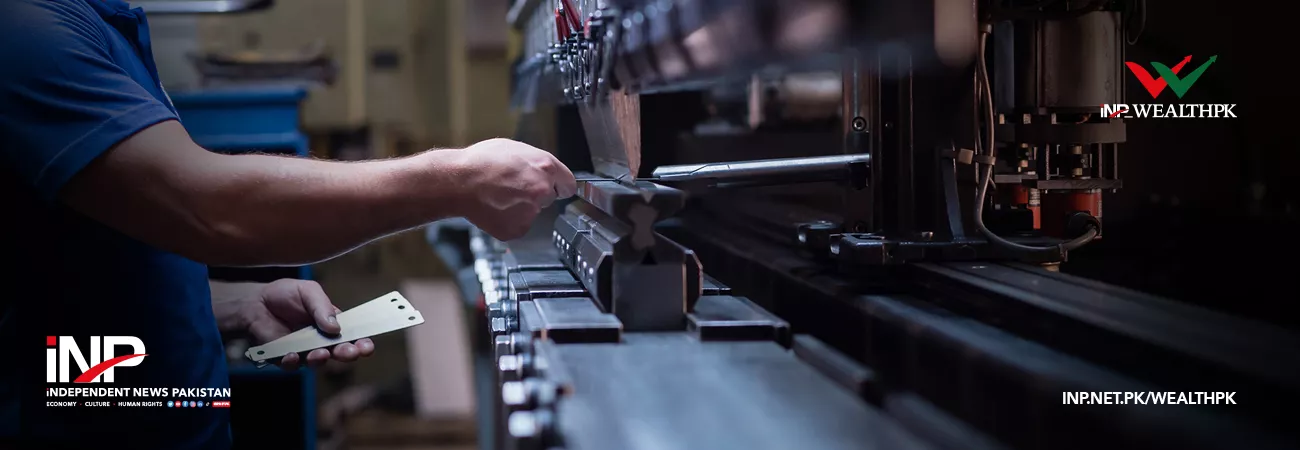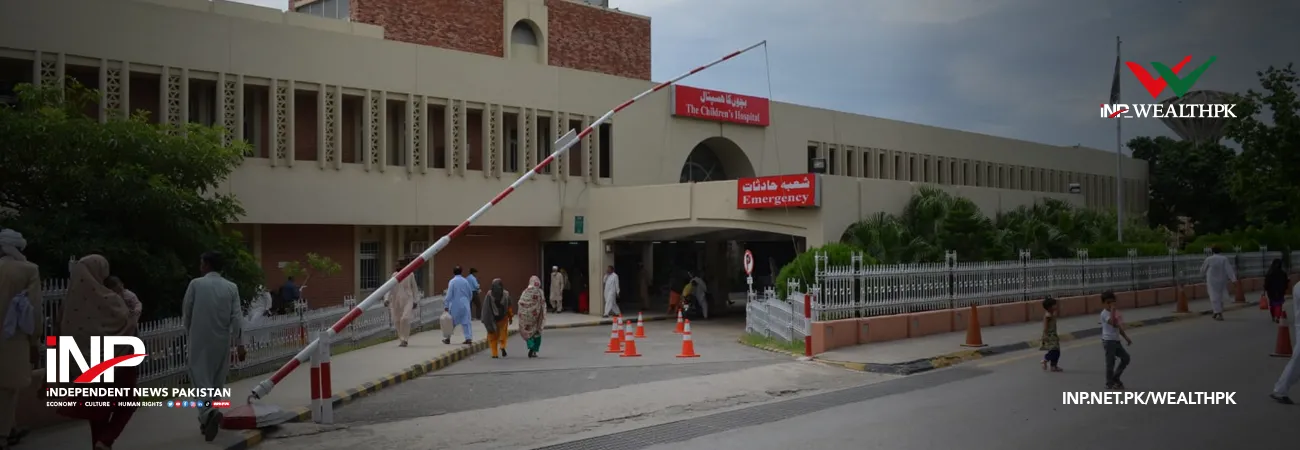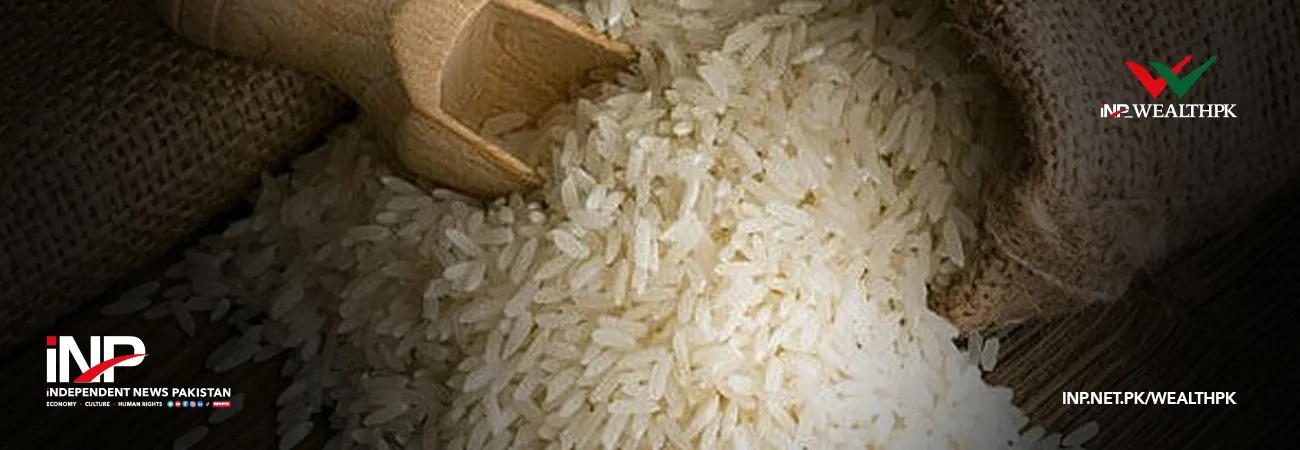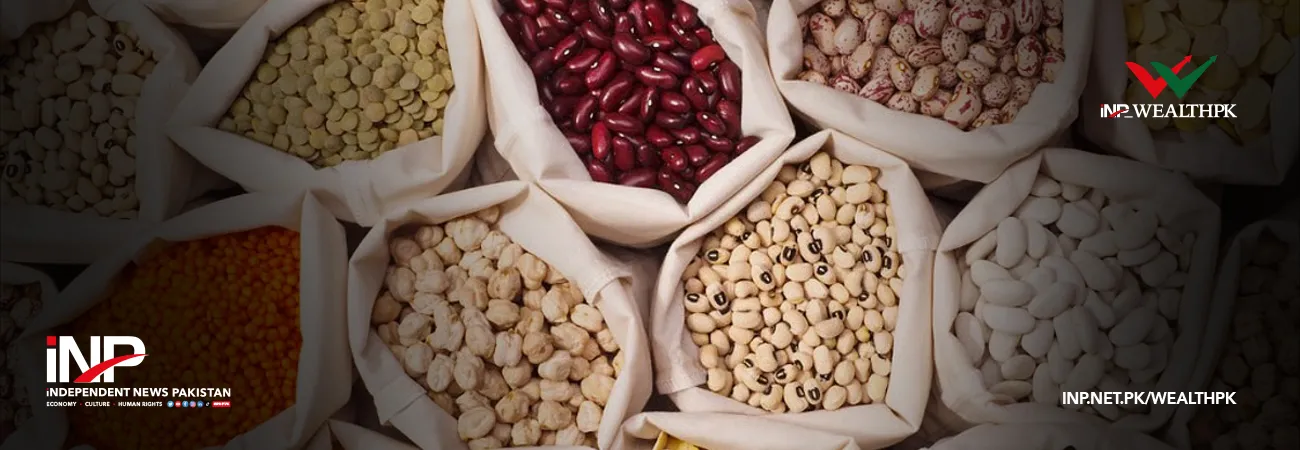INP-WealthPk
Ayesha Saba
Boosting the manufacturing sector and increasing exports can be a key strategy for Pakistan to address its challenges related to the current account deficit, said an official. “The manufacturing sector has a high potential to contribute to exports, as it can produce high-value goods that can compete in global markets,” Hamza Orakzai, Director of Strategic Planning and Regulatory Affairs, Special Technology Zones Authority (STZA), said while talking to WealthPK.
“Pakistan’s economy is gradually shifting towards highly skilled, modern, and productive industries. Today's economy is less agricultural and more urban and service-oriented. Traditional industrial clusters have started exporting new products, while new industries such as information, communications, and technology (ICT) are emerging, but the path is uneven and slow compared to global trends,” he said.
Hamza said the growth is slow mainly due to lack of a strong foundation in manufacturing with little diffusion of new technologies, and the firms’ inability to access and adopt international best practices. “For Pakistan, China-Pakistan Economic Corridor (CPEC) offers a rare opportunity to address some of the country’s long-standing bottlenecks to sustained economic growth,” he emphasised.
The official said Pakistan’s textile sector offers attractive investment opportunities to Chinese investors because of its extensive potential for growth, particularly in its apparel and manufactured goods segments. He said Pakistani firms, especially diversified conglomerates, are aggressively seeking access to Chinese finance and technology through joint ventures. He mentioned that many international brands are currently operating in Pakistan and working with local textile mills.
“Investors are expected to benefit from the best possible incentives in SEZs, skilled and inexpensive labour, easy availability of raw material, competitive energy tariffs, low freight costs, and preferential access to European markets,” he emphasised. He stressed the need for shared prosperity, adding that Pakistan and China should launch maximum joint ventures during the industrial phase of CPEC to enhance exports from this region.
Hamza said innovation is also crucial for boosting the competitiveness of Pakistani manufacturers. However, he said, Pakistan lags behind other countries in terms of research and development and innovation. He said the government should enhance support for research and development, encourage collaboration between universities and businesses, and provide incentives for businesses that innovate.
“A multi-pronged approach and concerted effort from the government, private sector, and other stakeholders is required that involves investment in productivity, value addition, export facilitation, and innovation,” he added. He said that boosting the manufacturing sector and increasing exports can promote sustainable economic growth and reduce Pakistan's dependence on foreign borrowing.
According to Economic Survey of Pakistan, during the fiscal year 2021-22, large-scale manufacturing (LSM) with 9.2% share in the gross domestic product (GDP) dominated the overall manufacturing sector, accounting for 74.3% of the sectoral share, followed by small-scale manufacturing, which accounted for 2% of GDP, and 15.9% sectoral share. The third component, slaughtering, accounted for 1.2% of GDP with a 9.7% sectoral share.
Credit: Independent News Pakistan-WealthPk













